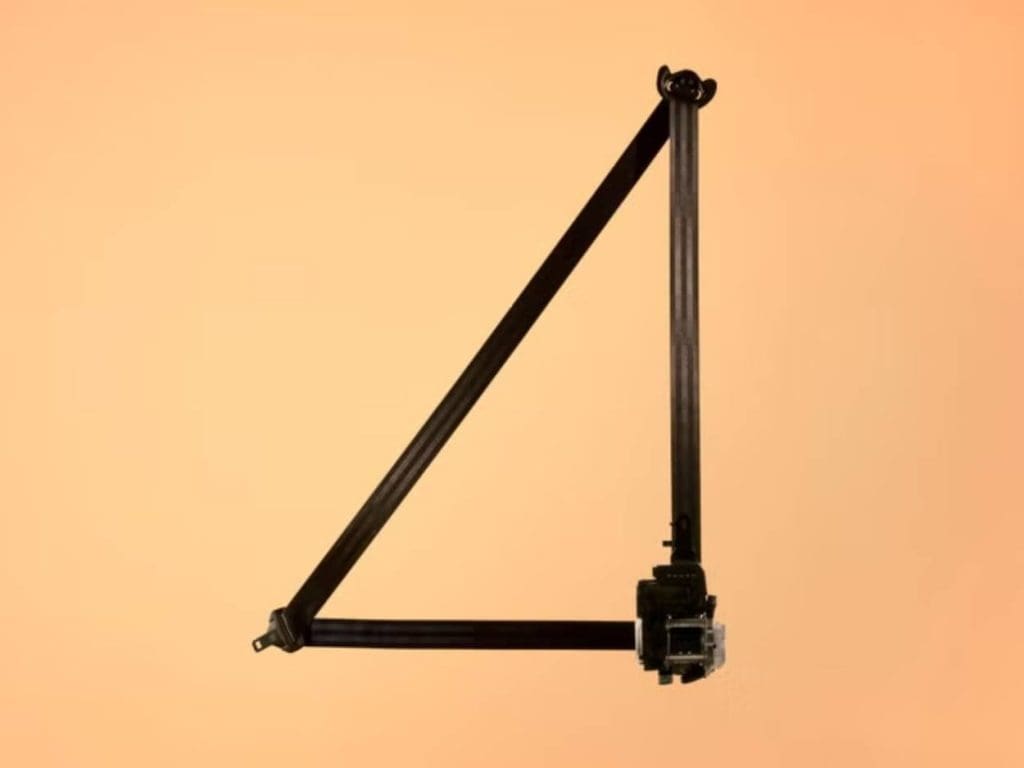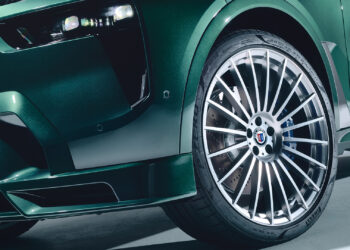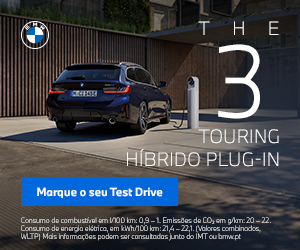It was on August 13, 1959, that Volvo Cars delivered the first car equipped with a 3-point seatbelt, an innovation from the Swedish brand, created by Nils Bohlin, a safety engineer at Volvo, which initially generated much controversy but was quickly adopted by all other brands.
It would take years, rigorous testing, and extensive awareness-raising efforts to prove its effectiveness and persuade other brands to adopt the technology.

Volvo not only created the 3-point seatbelt — it also, in a gesture of remarkable altruism, granted free access to its patent, allowing any manufacturer to use it at no cost. This pioneering act made it clear, from the very beginning, the brand’s true commitment: to put people’s safety above all else.
Decades of research confirmed what practice had already demonstrated. The study “28,000 Accident Report,” presented in 1967, unequivocally showed that the use of the seatbelt reduced the severity of injuries by 50% to 60%. Thus, the legacy of Nils Bohlin was cemented, who would continue to lead Volvo’s safety department until 1985 and receive numerous international accolades for his work.

In this way, 1959 marks the moment when automotive safety changed forever; 66 years later, in 2025, Volvo is preparing for the next major evolution. This is the world’s multi-adaptive seatbelt, which adjusts in real-time to the physical characteristics of each occupant and the specific conditions of each accident.
This new generation of seatbelts will debut in the Volvo EX60, a new 100% electric SUV expected in 2026, and has been designed to significantly increase the effectiveness of protection in any scenario.

Thanks to intelligent sensors placed inside and outside the vehicle, the new seatbelt is capable of analyzing variables such as height, weight, morphology, sitting position, and collision dynamics, adapting the restraint force to each situation. While traditional seatbelts offer up to three load-limiting profiles, this new system multiplies that number to eleven.
The result is a highly personalized safety feature integrated into a broader protection ecosystem, which includes airbags, occupant detection systems, and driving assistants – all designed to provide a true human shield, dynamic and continuously updated via software.










